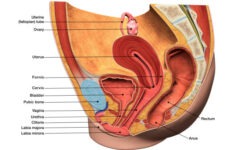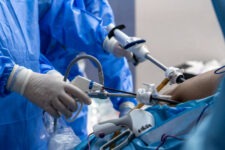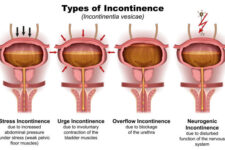
Urinary incontinence affects both men and women and can have a significant impact on their daily lives. There are different types of urinary incontinence, including stress, urge, and overflow incontinence.
Stress incontinence occurs when everyday activities like coughing or sneezing put pressure on the bladder, leading to leakage.
Urge incontinence, on the other hand, is when there is a sudden, intense urge to urinate, followed by involuntary leakage.
Overflow incontinence happens when the bladder doesn’t empty completely, causing it to overflow and result in leakage.
Living with urinary incontinence can cause embarrassment, anxiety, and a loss of self-esteem. Common symptoms include frequent urination, sudden urges, weak urine flow, and waking up multiple times during the night to urinate.
To understand the difference between a normal and an incontinent urinary system, we need to examine how the bladder and urethra function. Diagnosing the problem requires a detailed medical history, physical examination, and potentially, a few safe and painless tests. These tests may include a urinalysis, bladder diary, pelvic ultrasound, or urodynamic evaluation to measure how well the bladder and urethra are functioning. Once diagnosed, treatment options vary depending on the cause and severity of the incontinence.
Lifestyle changes such as maintaining a healthy weight, avoiding bladder irritants, and practicing regular voiding can help manage symptoms. Therapies such as pelvic floor muscle exercises, also known as Kegel exercises, can strengthen the muscles that control urination.
Certain medications or natural supplements can be prescribed to reduce incontinence episodes and improve bladder control. For individuals experiencing significant leakage, absorbent products such as pads, diapers, or catheters may provide temporary relief.
In some cases, surgery may be necessary to correct the underlying issue causing the incontinence. Recovery from surgery usually involves a few days of hospitalization followed by a period of rehabilitation and physical therapy. After surgery, many individuals regain control over their bladder, allowing them to resume their normal daily activities. It’s important to seek medical advice and discuss treatment options with a healthcare professional to find the best solution for you.
Please, kindly know that as an affiliate participant platform, we receive commissions on select quality products you may purchase. We Really Appreciate these commissions because they help our hosting fees and maybe someday will help us to grow to our fullest capacity. ClickBank is a retailer of products on this site. CLICKBANK® is a registered trademark of Click Sales, Inc., a Delaware corporation located at 1444 S. Entertainment Ave., Suite 410 Boise, ID 83709, USA and used by permission. ClickBank’s role as retailer does not constitute an endorsement, approval or review of these products or any claim, statement or opinion used in promotion of these products.



























